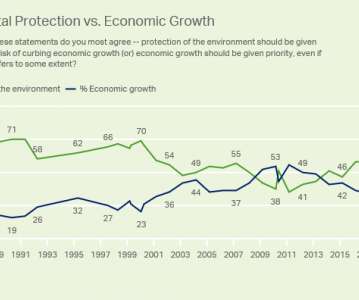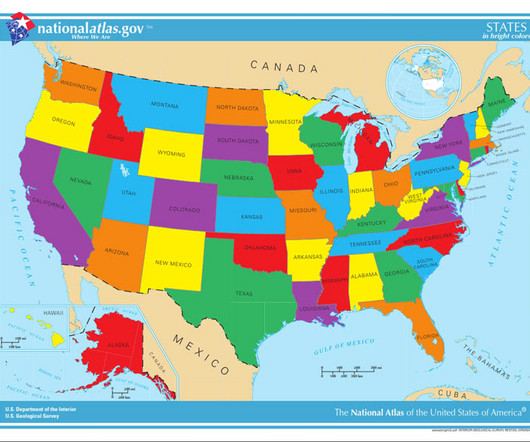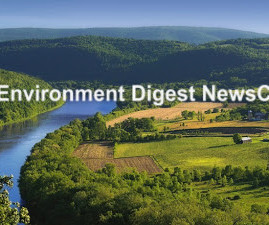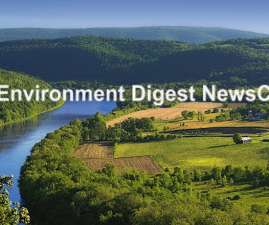Unraveling LA’s Hydrogen Combustion Experiment
Legal Planet
MARCH 6, 2023
But with the recent influx of government incentives for hydrogen production, new and improving production and storage technologies, and greater political will than ever before, H 2 ’s reputation is gaining favor. Because of this, a 30% hydrogen mix by volume delivers only a 10% reduction in carbon dioxide emissions.




















Let's personalize your content